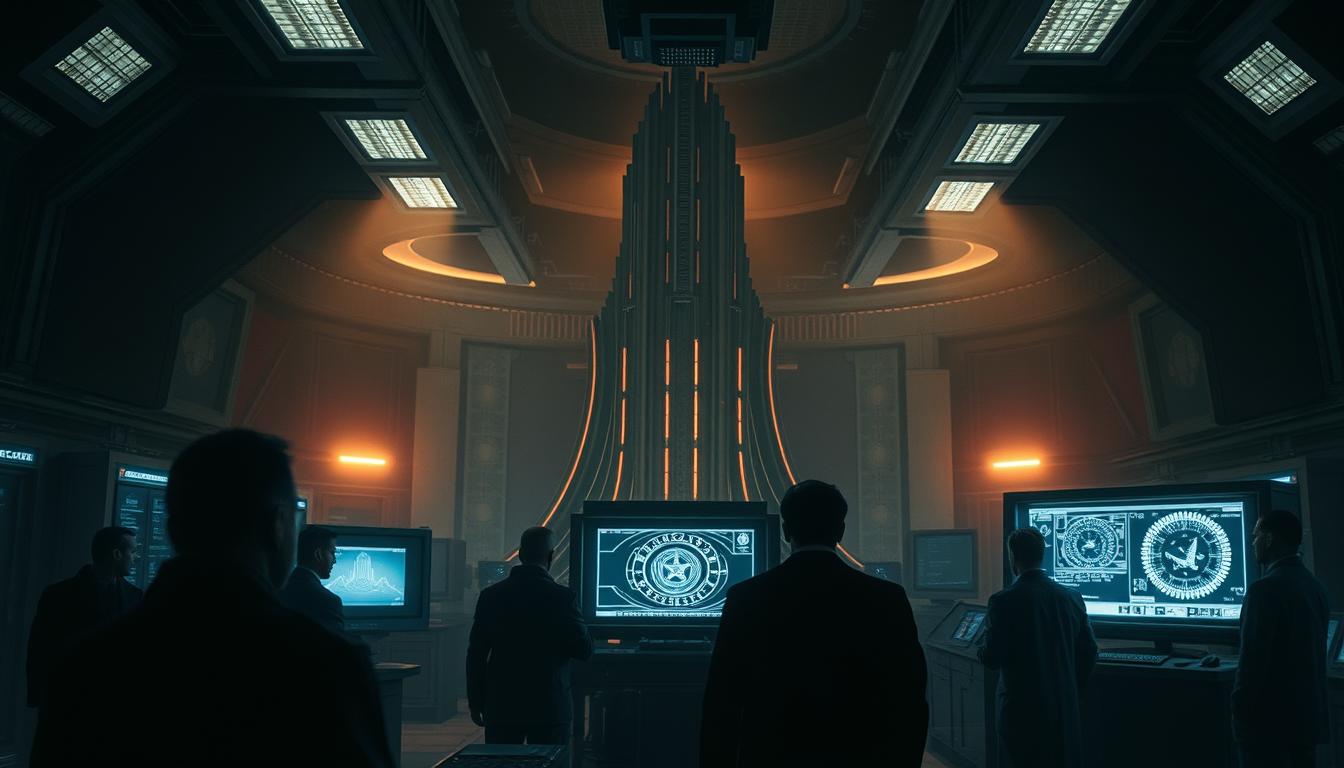During the Cold War, the U.S. government explored unconventional methods to gain an edge in intelligence. One of the most intriguing efforts was the Stargate Project, a secretive program aimed at harnessing psychic abilities for espionage. This initiative, funded by Congress with over $20 million, spanned from the 1970s to the 1990s.
The project focused on developing techniques like transcendental meditation and hypnosis to enhance mental capabilities. A 1983 document, known as the “Gateway Experience,” detailed these mind-altering methods. It emphasized achieving a state of “timeless consciousness,” which some have misinterpreted as evidence of reincarnation.
While the Stargate Project may sound like science fiction, it was a real effort by the Defense Intelligence Agency to explore the potential of psychic phenomena. This program, alongside the infamous MKUltra project, highlights the intelligence community’s interest in unconventional strategies during the 20th century.
Key Takeaways
- The Stargate Project was a government-funded program to develop psychic spies.
- It utilized techniques like meditation and hypnosis for mental enhancement.
- The program operated from the 1970s to the 1990s with a $20M+ budget.
- A 1983 document, the “Gateway Experience,” detailed its methods.
- It aimed to achieve “timeless consciousness,” not reincarnation.
- The project reflects the intelligence community’s interest in unconventional methods.
The Origins of the Stargate Project
In the 1970s, the U.S. government turned its attention to the unexplored potential of the human mind. Amid rising Cold War tensions, fears of Soviet advancements in psychic warfare sparked interest in unconventional methods. The idea of using extrasensory perception for intelligence gathering became a serious focus.

How the CIA Became Interested in Psychic Espionage
Declassified Pentagon reports revealed concerns about Soviet attempts to develop psychic weapons. These fears centered around the potential to disrupt nuclear systems or interfere with missile guidance. The U.S. response was to explore whether similar powers could be harnessed for defense intelligence purposes.
The Role of Uri Geller and Early Experiments
Uri Geller, a celebrity known for his ability to bend metal, caught the attention of U.S. officials. His demonstrations in the 1970s, though controversial, led to experiments at the Stanford Research Institute. Scientists aimed to validate his claims and understand the potential of the human mind.
Despite Geller’s 1973 Tonight Show failure, the U.S. continued to fund research into psychic phenomena. Early tests focused on replicating his abilities, laying the groundwork for what would later become the Stargate Project. This marked a shift from individual experiments to systematic training programs.
Inside the CIA’s Psychic Spy Training Program
Unlocking the mysteries of the mind became a priority during the Cold War era. The Stargate Project aimed to explore human perception and its potential for intelligence gathering. This program focused on two main techniques: the Gateway Experience and remote viewing.

The Gateway Experience: Techniques and Theories
The Gateway Experience was designed to synchronize brain hemispheres for out-of-body intelligence. Lt. Col. McDonnell’s report suggested that consciousness could transcend space and time. This idea was rooted in holographic theories, which proposed that the mind could access information beyond physical limitations.
Participants underwent biofeedback training to control their autonomic nervous system. This helped them achieve a state of heightened focus. Sensory deprivation tanks were also used to enhance psychic abilities by minimizing external distractions.
Remote Viewing: The Core of the Program
Remote viewing was the backbone of the program. It involved using mental impressions to sketch locations or events. One notable remote viewer, Joseph McMoneagle, completed over 450 missions. His work demonstrated the potential of this technique for espionage.
The Coordinate Remote Viewing protocol used geographical coordinates to guide sessions. This method allowed viewers to pinpoint specific targets with remarkable accuracy. The table below summarizes key techniques used in the program:
| Technique | Purpose | Outcome |
|---|---|---|
| Gateway Experience | Synchronize brain hemispheres | Out-of-body intelligence |
| Biofeedback Training | Control autonomic system | Enhanced focus |
| Coordinate Remote Viewing | Target specific locations | Accurate sketches |
| Sensory Deprivation | Minimize distractions | Heightened psychic abilities |
Notable Cases and Successes of Psychic Spies
The Stargate Project yielded some remarkable successes during its operation. These achievements showcased the potential of unconventional methods in intelligence gathering. From locating hostages to tracking fugitives, the program demonstrated its unique capabilities.

Locating Hostages in Iran
One of the most notable missions involved the 1980 Iranian hostage crisis. Remote viewers provided sketches of locations where hostages were allegedly held. This information was cross-checked with satellite imagery, offering actionable intelligence to the United States government.
Joseph McMoneagle, a key figure in the program, played a significant role in this effort. His insights helped refine the rescue strategy, although the mission faced challenges. Despite setbacks, this case highlighted the potential of psychic techniques in high-stakes scenarios.
Tracking Down Fugitives with ESP
In 1989, remote viewer Angela Ford successfully pinpointed fugitive Charles Jordan near Lovell, Wyoming. Her abilities outperformed conventional intelligence methods, leading to his capture. This case demonstrated the practical applications of ESP in law enforcement.
Ford’s success was a testament to the rigorous training protocols of the Defense Intelligence Agency. Her ability to provide accurate details about Jordan’s location showcased the program’s potential. This achievement remained classified until the 1995 declassification of the Project Stargate files.
These cases illustrate how the program pushed the boundaries of traditional intelligence. While controversial, the successes of psychic spies remain a fascinating chapter in the history of unconventional methods.
Conclusion: The Legacy of the Stargate Project
The Stargate Project’s legacy continues to spark debate decades after its closure. In 1995, the government shut down the program, citing vague intelligence results. Despite this, its influence persists in both military research and public imagination.
Today, studies like the Navy’s “Spidey sense” initiative explore intuition and premonition. These efforts reflect ongoing interest in the skills once honed by the project star gate. Meanwhile, 73% of Americans believe in paranormal phenomena, keeping the idea of ESP alive.
Scientific skepticism remains, but the program’s cultural impact is undeniable. From books to movies, the concept of psychic spies has captured our fascination. The Stargate Project may be a relic of the past, but its story continues to intrigue and inspire.

